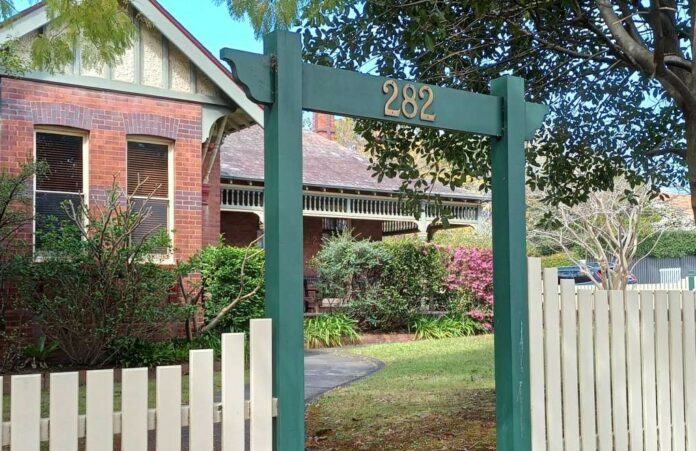Everybody wants to have a nice smile, and that means having healthy teeth. The best way to make sure your teeth are healthy is to take proper care of them as part of your daily hygiene routine, and to make regular visits to your dentist, who will practise preventive dentistry on you to help you keep that smile nice and bright!
When you visit your Burwood dentist for a check-up up you will be receiving preventive dentistry, but just exactly what does that entail? It all begins at home with your routine of brushing and flossing, let’s take a closer look at the process!
Basically, there are three levels of preventive dentistry:
- Primary Prevention – This level’s goal is to prevent a dental disease like tooth decay, from ever having a chance to happen in the first place. Your course of primary prevention is lifelong beginning when you are a child.
- Secondary Prevention – This level is all about slowing, stopping, and reversing a mouth disease that has shown signs of beginning to develop. Your dentist is vigilant, and may notice early evidence of cavities and tooth decay that we might not see in the mirror, and take steps to stop them in their tracks!
- Tertiary Prevention – This level of care is devoted to slowing and stopping a condition that has gotten out of hand from spreading and becoming more serious. If you practice good home dental hygiene, this step will most likely be avoided!
Preventive dentistry starts at home. We must do our part to prevent gum disease, cavities, gingivitis, and other oral health problems from getting started during our daily oral hygiene routine. Here are some tips to help you:
- Twice a day tooth brushing, once in the morning and again before bedtime. Always brush in gentle circles while aiming your brush at a 45° angle toward the gum line.
- Avoid using toothbrushes with medium or hard bristles, they wear away at your dental enamel which can lead to unsightly ridging and cause tooth sensitivity. It’s best to always use a soft bristle toothbrush that cleans gently without causing damage.
- Replace your toothbrush every 3 to 6 months, or sooner if you see that the bristles are growing frayed, which makes them much less effective.
- Be sure to floss your teeth at least once a day before brushing. When you only brush without flossing, you aren’t reaching plaque between the teeth which can lead to serious dental problems.
- After eating or drinking anything starchy, acidic, or sugary, you should rinse your mouth out with water. Starches and sugars provide food for cavity-causing bacteria, while acids erode your tooth enamel!
- Eat a diet that’s tooth-friendly, low in carbs, but high in fibre and calcium. Any food that actually makes your mouth water (promotes saliva production) will help your mouth stay healthy!
Visit the Australian Government’s Health And Aged Care webpage for more information on preventive dentistry. Just like an apple a day can keep the doctor away, practising preventive dentistry at home will keep you and your dentist smiling!


